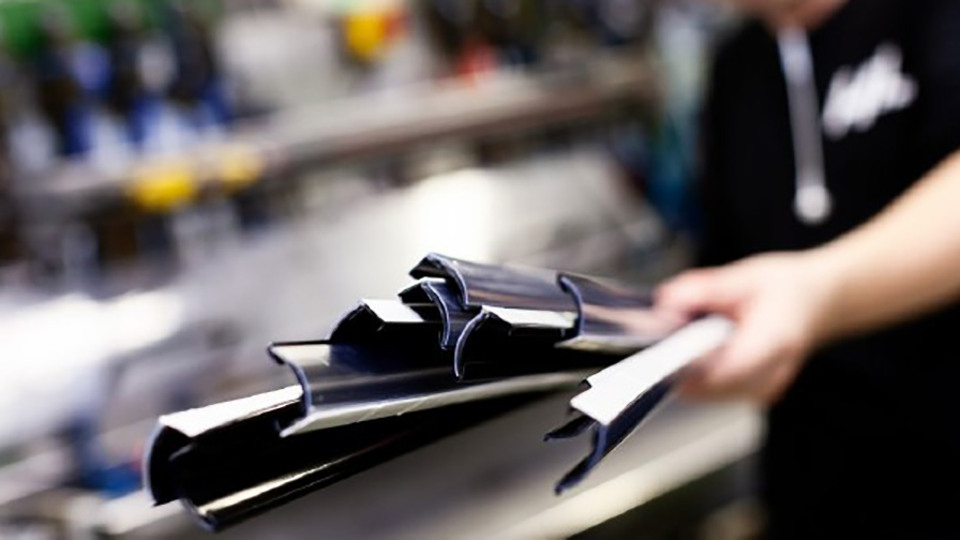
PVC plastic is replaced with sugar and corn
Plastic shelf edgings showing prices and goods are available in a number of retail stores. In a collaboration with the company HL Display, researchers from KTH and IVL have developed an environmentally friendly solution for the moldings - a material based on sugar and corn that replaces the PVC plastics.
The company HL Display manufactures products that are in the grocery trade, including systems for price marking on store shelves. Now the company is investing in replacing conventional plastic materials with greener alternatives. Together with KTH and IVL Swedish Environmental Institute, the company has developed shelf edgings in renewable materials based on corn and sugar cane.
The plastic's environmental impact throughout its life cycle
The collaboration with IVL and KTH began in 2017. The assignment was to develop a competitive alternative to the fossil-based plastics that have been used so far - something that can be used in large-scale production, is durable and sustainable over time. IVL helped the company understand how a plastic product affects the environment throughout its life cycle, from the extraction of raw materials to the management of end-of-life products. KTH helped to find the right material to be able to manufacture sustainable and competitive products.
Expanded range in renewable materials
The result of the work is HL Sustainable Choice, an increasing number of products in renewable or recycled materials. Since the launch in October 2018, when they started with shelf edgings and shelf speakers, the range has been expanded and from January 2020, it will be possible to offer customers a range that up to a third consists of sustainable materials.
The researchers hope that the bio-based lists can have a big impact. When it comes to store signage, these are large volumes in an international market.
Do you want to know more?
Contact Karin Sanne
